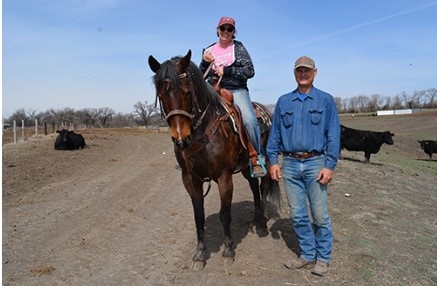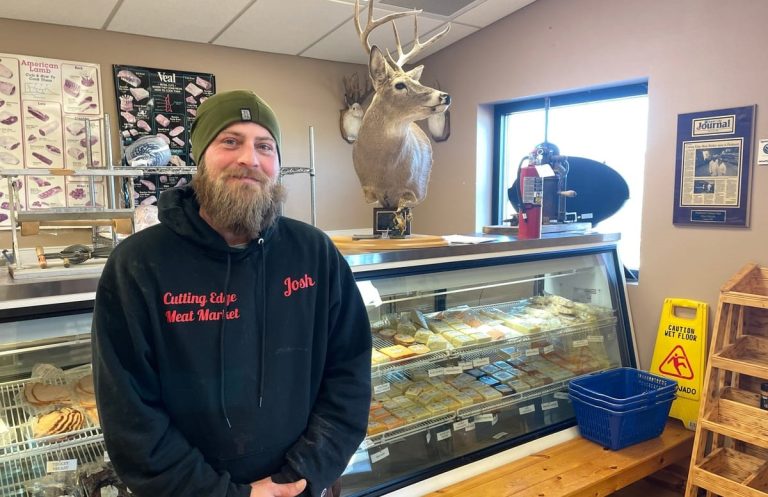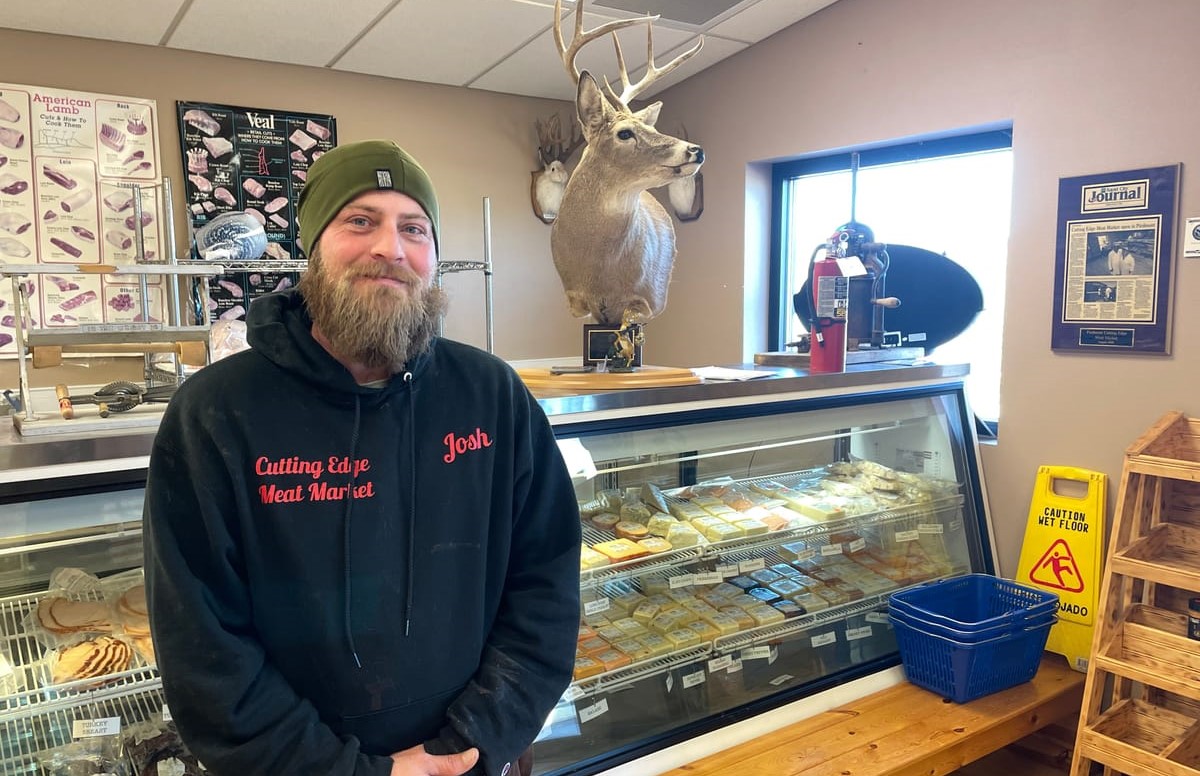HURON, SD – The big story in agriculture today is how carbon is going to be the next cash crop for ranchers and farmers. There are lots of headlines about how changing agricultural practices can remove carbon dioxide from the air and store it in the soil.
The South Dakota Farm Bureau and County Farm Bureaus are hosting informational sessions to better understand carbon sequestration and how it can impact producers.
 According to Greg Doering with the Kansas Farm Bureau, while the science is sound, ranching and farming practices are just one component in the complex process of accumulation of carbon in the soil. Precipitation, soil type, carbon already present and other variables all factor into just how much of the element can be sequestered underground.
According to Greg Doering with the Kansas Farm Bureau, while the science is sound, ranching and farming practices are just one component in the complex process of accumulation of carbon in the soil. Precipitation, soil type, carbon already present and other variables all factor into just how much of the element can be sequestered underground.
What’s grabbing attention, he says, is a growing market where private companies are paying real money to ranchers and farmers who can document increasing stores of carbon in their soils. The idea is the ag producers get some money for changing or enhancing their practices while the private companies count the sequestered carbon against their own emissions.
These sessions will be held four different times in four different locations:
August 3, 2021 at 12 p.m. (MT) at the Branding Iron, Belle Fourche, SD
August 3, 2021 at 6:30 p.m. (MT) at the Mueller Center, Hot Springs, SD
August 4, 2021 at 12 p.m. (CT) at the Holiday Inn Express, Winner, SD
August 4, 2021 at 6:30 p.m. (CT) at the Miller Community Center, Miller, SD
As Doering writes, there are a variety of reasons why companies are at the forefront of creating this market, but the primary driver is capitalism. Environmentally conscious customers and investors are demanding goods and services that have less impact on the land, air and water. Companies are responding to these signals by turning to the original conservationists — ranchers and farmers — to lessen the environmental impact of modern life.
Ranchers and farmers today are using technology and innovative practices to produce more than ever while using fewer resources. U.S. agriculture would have needed nearly 100 million more acres 30 years ago to match today’s production levels.
This is especially true of livestock, which receive a lot of attention for greenhouse gases expelled yet contribute just 4% — and falling — of overall emissions. The dairy industry is producing 48% more milk with per-unit emissions down 26%. Pork production has soared 80% while per-unit emissions have declined by 20%. Beef production is up 18% and emissions are down 8%.
These efficiencies are driven by simple economics. Livestock emissions are falling because inputs like land and feed are expensive, so producers have a natural incentive to make the most of their resources. In short, market forces are working as they should, and U.S. agriculture is lessening its environmental footprint in addition to offsetting the carbon emissions from other industries.
For the most part, says Doering, this has happened in the absence of government mandates, but that’s not to say government policy doesn’t have a role in further reducing greenhouse gas emissions from agriculture.
No, the government shouldn’t tell farmers and ranchers how to do their jobs, but policy makers can certainly craft market-based incentive programs to assist with the adoption of practices that enhance production and profitability on ranches and farms.
Legislators also can reduce regulatory barriers in state and federal programs and fund basic research that will help ranchers and farmers achieve greater efficiencies and further enhance the sustainability of their operations.
While the government can help facilitate the pace of adoption of proven practices, it should also recognize what works in one field isn’t always the prescription for the next. We have to trust that ranchers and farmers, with decades and generations of land management experience, know the capacity of their ground. They’re proven innovators and problem-solvers in their own right.
And they’re just as invested as the rest of us, says Doering, in successful and sustainable conservation all while continuing to provide a safe, affordable and ample supply of food for a growing population.
For more information, contact your local farm bureau office or contact Lowell Mesman at [email protected] or 605-280-1319 and go online to https://www.sdfbf.org/












